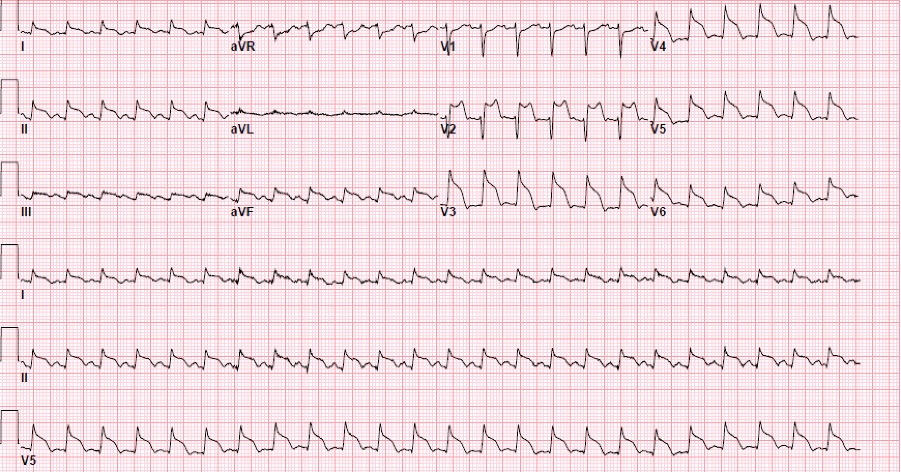Podcast: Play in new window | Download
Subscribe: Apple Podcasts | Spotify | Android | Pandora | iHeartRadio | TuneIn | RSS
Intensivist and passionate slayer of venous congestion Philippe Rola (@thinkingcc) shows us how to deresuscitate the septic patient, with guidance from his handy ultrasound.
Takeaway lessons
- Fluid overload is harmful and should be actively reduced, even in a patient in active shock; it will not harm them.
- The VEXUS exam is a good method for stratifying fluid overload by severity, i.e. severe (and harmful) versus mild (and relatively benign).
- The IVC, CVP, or hepatic vein doppler offer similar information, and are all effective means of assessing central venous pressure, the first and most important step in evaluating for venous congestion. The portal vein doppler offers the most additional diagnostic yield on top of this. Renal vascular doppler acts mostly as a “tiebreaker” when these other studies are equivocal.
- No one study or datapoint tells the whole story in these patients. Gather data from as many sources as possible to form the clearest picture.
Our apologies for the section of missing audio and slightly below-par audio quality in this one.
Resources
References
Beaubien-Souligny W, Benkreira A, Robillard P, et al. Alterations in Portal Vein Flow and Intrarenal Venous Flow Are Associated With Acute Kidney Injury After Cardiac Surgery: A Prospective Observational Cohort Study. J Am Heart Assoc. 2018;7(19):e009961.
Denault AY, Beaubien-Souligny W, Elmi-Sarabi M, et al. Clinical Significance of Portal Hypertension Diagnosed With Bedside Ultrasound After Cardiac Surgery. Anesth Analg. 2017;124(4):1109–1115.
Iida N, Seo Y, Sai S, et al. Clinical Implications of Intrarenal Hemodynamic Evaluation by Doppler Ultrasonography in Heart Failure. JACC Heart Fail. 2016;4(8):674–682.
Tang WH, Kitai T. Intrarenal Venous Flow: A Window Into the Congestive Kidney Failure Phenotype of Heart Failure? JACC Heart Fail. 2016;4(8):683–686. doi:10.1016/j.jchf.2016.05.009
Tremblay JA, Beaubien-Souligny W, Elmi-Sarabi M, et al. Point-of-Care Ultrasonography to Assess Portal Vein Pulsatility and the Effect of Inhaled Milrinone and Epoprostenol in Severe Right Ventricular Failure: A Report of 2 Cases. A A Case Rep. 2017;9(8):219–223. [this pertains to a discussion of inhaled inodilators, which occurred during the lost section of audio]
Links
- Philippe at Emcrit: Interview on VEXUS, with details and links to some good resources.
- Katie Wiskar video: A great video tutorial on VEXUS; perhaps the best hands-on resource for performing the actual exam.
- Video tutorial: Philippe demonstrating the exam on a live patient.
- VEXUS chapter: The chapter from Philippe’s book on VEXUS.
- Thinking Critical Care: Philippe’s blog with ample ultrasound goodness.
- Hospitalist & Resuscitationist 2020: The cutting edge conference in Montreal, featuring plenty of VEXUS and other ultrasound content.

